REGULATE
Recognize and Describe Emotions
Adults can help infants and toddlers see how we recognize, label, and express our different emotions
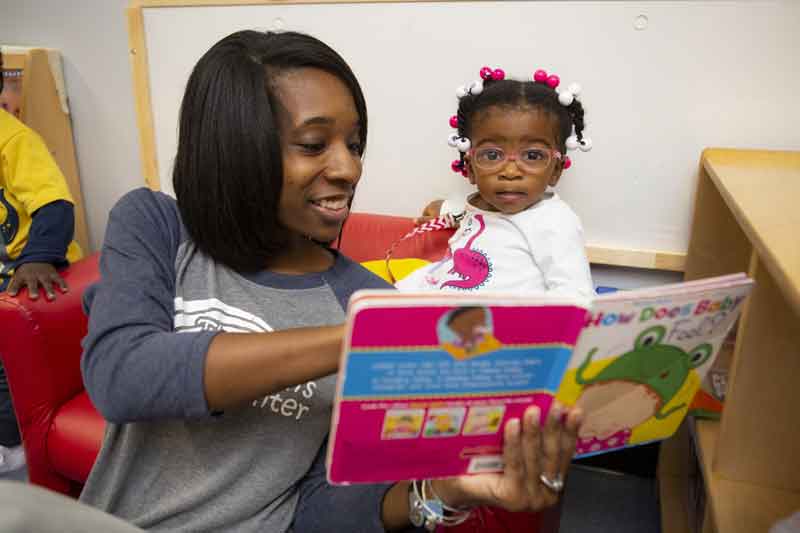
At a Glance
Infants and toddlers express a wide range of emotions. As they develop, children need support to communicate their feelings using language. When educators label and describe emotions, they help young children develop the emotional awareness and vocabulary to communicate and manage their feelings.
What It Looks Like?
A quick glance at simple ways you can help infants and toddlers learn to recognize and describe emotions
Label Emotions
Use a wide range of emotional vocabulary to identify children’s feelings, like this educator does with the word “frustrated.” When educators use words beyond sad, happy, or mad, it grows children’s understanding of the different emotions we all experience.
Describe Feelings
Point out and explain the emotions that children are feeling, like this educator does when a child is happy because they waited for a turn. Helping children realize how and why they are feeling a certain way helps create important connections between emotions and behaviors.
Foster Empathy
As you label emotions, encourage young children to consider their cause, like this educator does when they point out why the sheep are sad. This helps children begin to understand why others may be feeling a certain way.
STRATEGY SUITE
Supporting Emotions
Young children are just beginning to understand and recognize a wide range of emotions, from happiness to frustration. In this strategy suite, you’ll learn strategies to help toddler and older infants begin to identify and express their emotions.
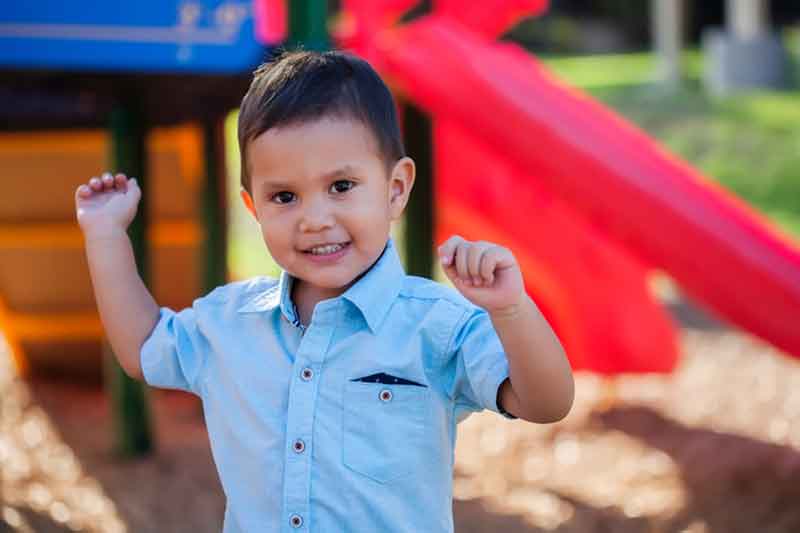
TRAUMA-INFORMED CARE
Recognize and Validate Trauma-Related Emotions
Children may experience traumatic separation or grief, as in the case of the COVID-19 pandemic. This tip sheet provides suggestions to support children with their emotions.
FAMILY CONNECTION
Tools to Talk About Emotions
Young children deal with many of the same emotions that adults do. This short article from CSEFEL provides caregivers with simple strategies to help young children understand and express their emotions.
BUILDING CONNECTIONS WITH BOOKS
Making Faces
Published by Abrams Appleseed, this interactive board book features simple text and photos of real children to explore five essential emotions.
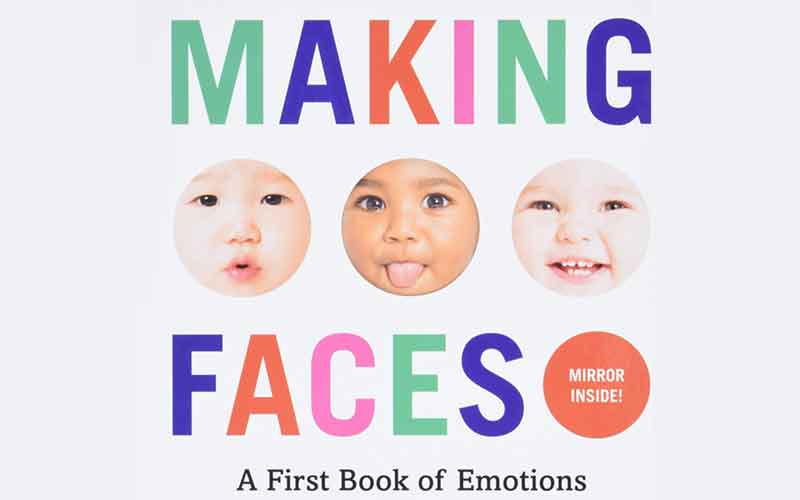
Activity Cards for Infant and Toddler Classrooms
Part of the STREAMin3 curriculum, these activity cards provide simple and fun ways you can help children explore, describe, and reflect on their emotions.
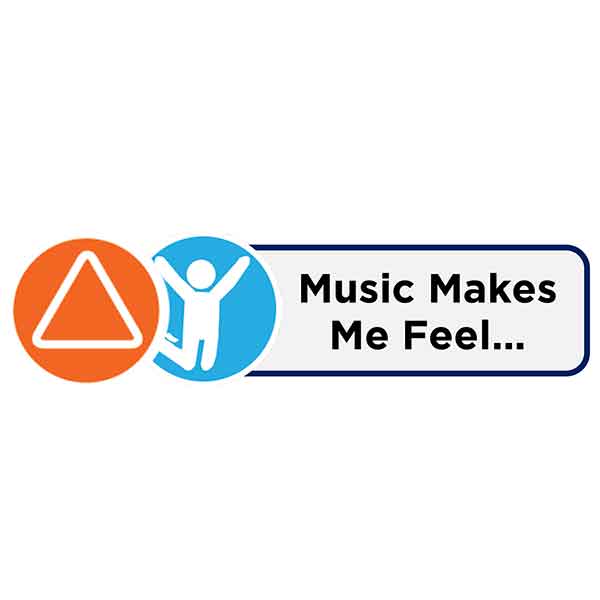

If You're Feeling...
Act out different emotions using the familiar tune, "If You're Happy..."

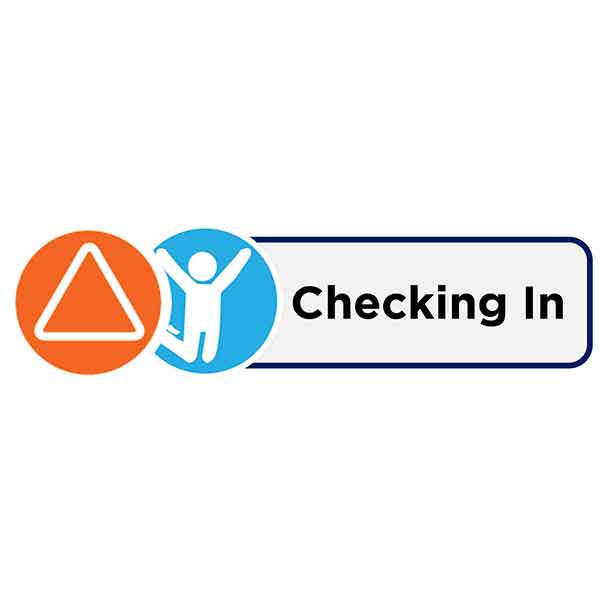
Get Our Resource Guide
Includes questions and activities to guide your use of the videos, book suggestions, and activity cards featured for each of the Core Skills

